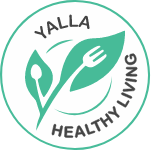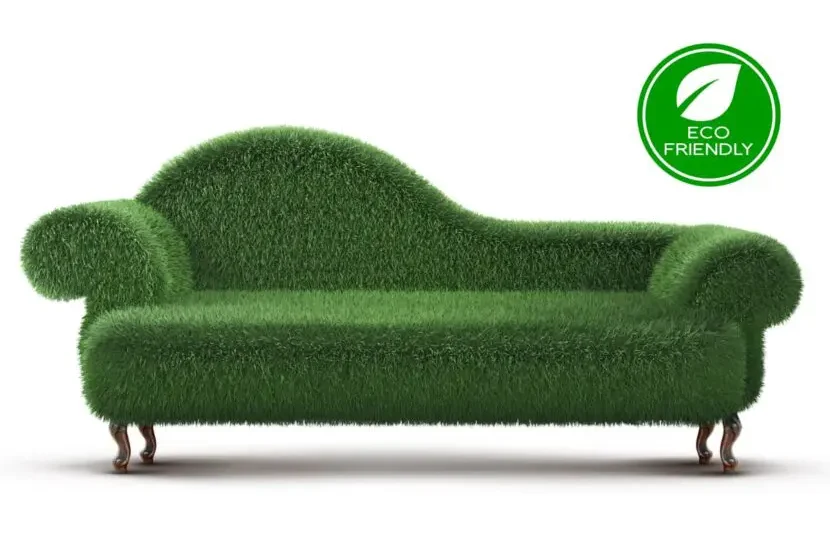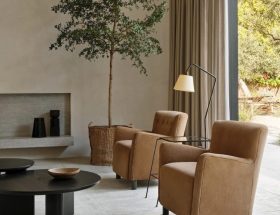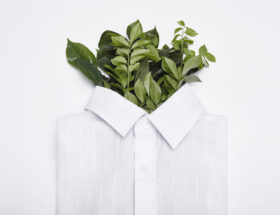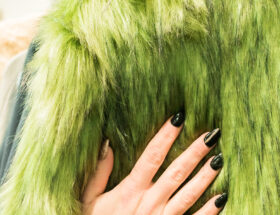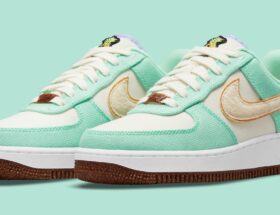Going green (i.e. being eco-friendly) has taken center stage in all aspects of the home. Sustainable practices in decor allow homeowners to reduce their ecological footprint while still incorporating the elements of design.
What is sustainability & what does eco friendly mean for interior design?
Research published in the International Journal of Sustainable Built Environment explained that environmentally sustainable interior design (ESID) concerns the use of aesthetic principles and strategies that provide benefits on a global scale. In order to make eco-friendly interior design a possibility, homeowners should know how they can achieve it in their own spaces.
This guide provides a number of interior design tips for improving the environmental sustainability of your home.
Choose environmentally friendly materials for furniture, flooring & rugs
When people typically think “green,” they don’t necessarily reflect on the items in their home. Rather, they consider installing solar panels, conserving water or reducing their use of electricity. Of course, these are all important factors of a sustainable lifestyle, but other decor elements play a substantial role in creating a healthier planet too. Look for furnishings, floor coverings and architectural design elements that use these renewable materials:
Reclaimed Wood – Barn wood or weathered wood for green building
Wooden furniture requires cutting down living trees, so it’s not a sustainable choice upon first use. However, reclaimed wood recycles old material, giving it eco-friendly new life. Wood mantels, rocking chairs and coffee tables are excellent solutions. It also makes an excellent flooring option, especially in a rustic home.

Bamboo – Versatile grass with high strength-to-weight ratio
This tropically grown material is a lot like wood, but it’s a much more sustainable option. Bamboo is more similar to grass than it is to trees. It’s also one of the fastest growing plants in the world, allowing it to be used within four years of planting versus 60-70 years required by most hardwoods. It also requires very few pesticides or fertilizers, making it even more appealing from an ecological standpoint.
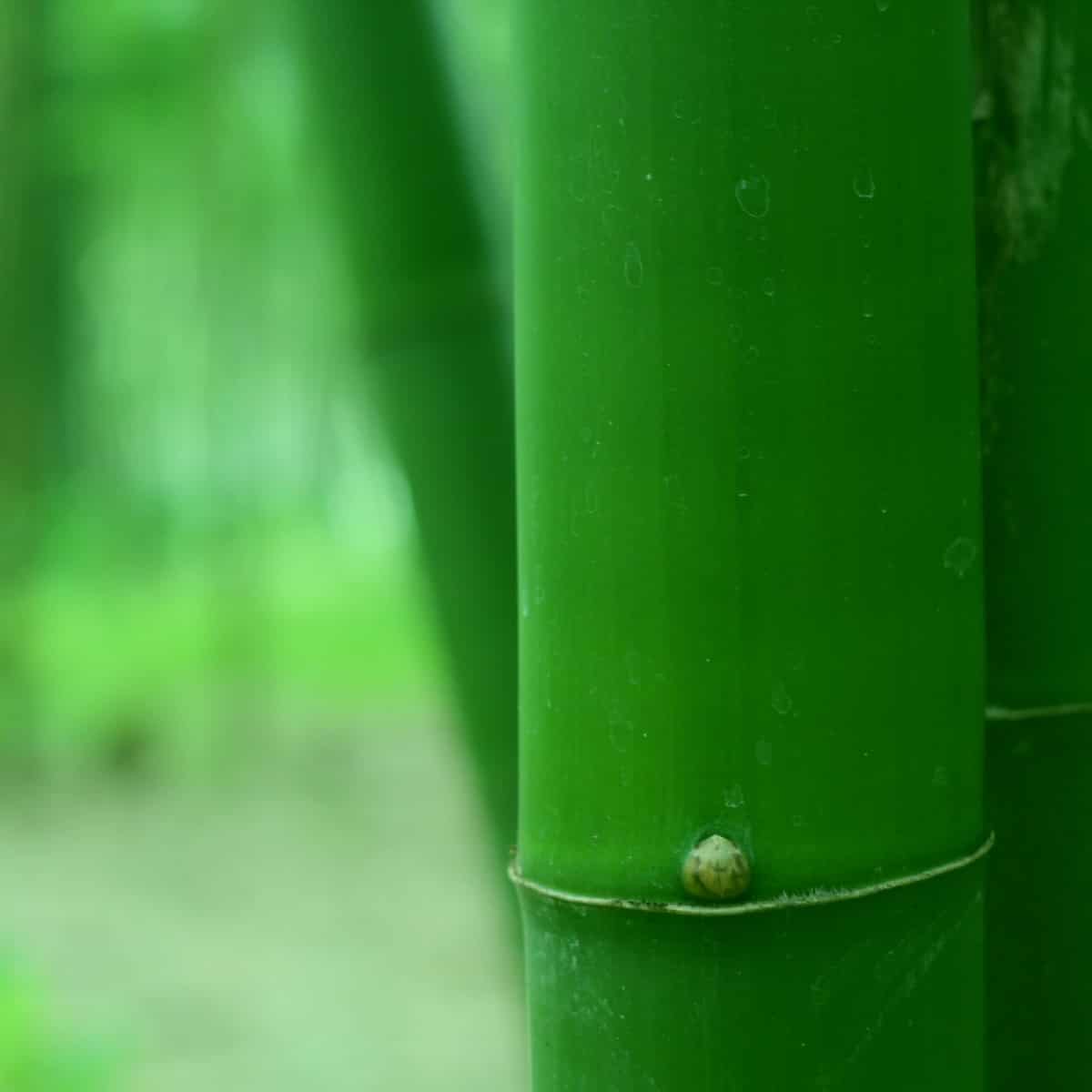
Recycled Metal – Scrap metal reduces pollution & saves energy
The sheen of a recycled aluminum chair not only effectively creates industrial design in your home, but this material is also a more sustainable option. Furniture with recycled metal and plastics requires less processing and fewer resources than furnishings made with non-renewable material. Additionally, metal can be recycled repeatedly without degradation of its properties.
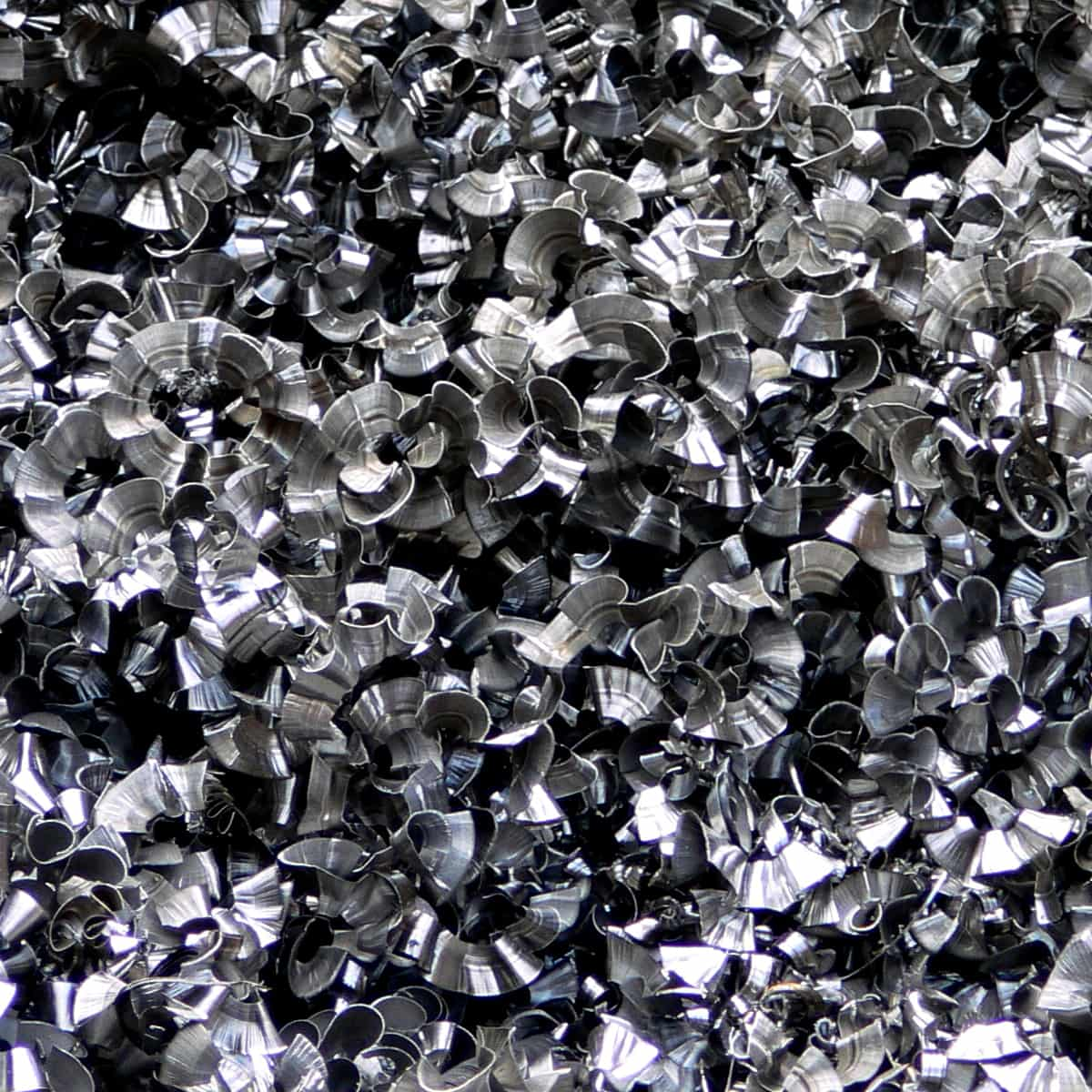
Bio-Glass – Biodegradable substance for a variety of applications
You might not want to sit on a chaise made of bio-glass, but it’s an exceptional green alternative for anything from decor items to bathroom sinks, countertops and flooring. According to This Old House, the material is made entirely of post-consumer recycled glass, which is then heated and compressed to create solid-surfacing slabs.

Cork – Green material known for high sustainability & recyclability
Unlike the initial spongy impression this material elicits, cork floors are actually made to feel like hardwood. They’re an interesting sustainable option because extracting cork doesn’t harm the trees – only the bark is harvested. Plus, cork can easily be reused. In fact, some floors made of this material are made entirely of recycled wine stoppers.

Recycled Plastic – Reusing waste plastic reduces water pollution
Indoor and outdoor rugs can be made from recycled plastic – giving new life to non-biodegradable material. A popular form of recycled plastic is high-density polyethylene. HDPE is heavy and dense, so extruded or injection molded furniture is sturdy and durable. Colors are solid throughout the material, so they are highly fade-resistant. Polyethylene terephthalate or PET is used to create bottles and even yarn that can be woven into fabric for the clothing industry.

Jute Fibers – Affordable natural fiber used to make burlap, gunny sack & hessian
Jute fibers add an earthy tone to the room in more ways than their look. The strong coarse material is derived from the jute plant, which grows quickly and is thus rapidly renewable. As such, rugs woven with jute fiber are not only durable, but they can also contribute to an eco-friendly home. Jute is a good heat insulator, so rugs made from this affordable fiber are also economical.
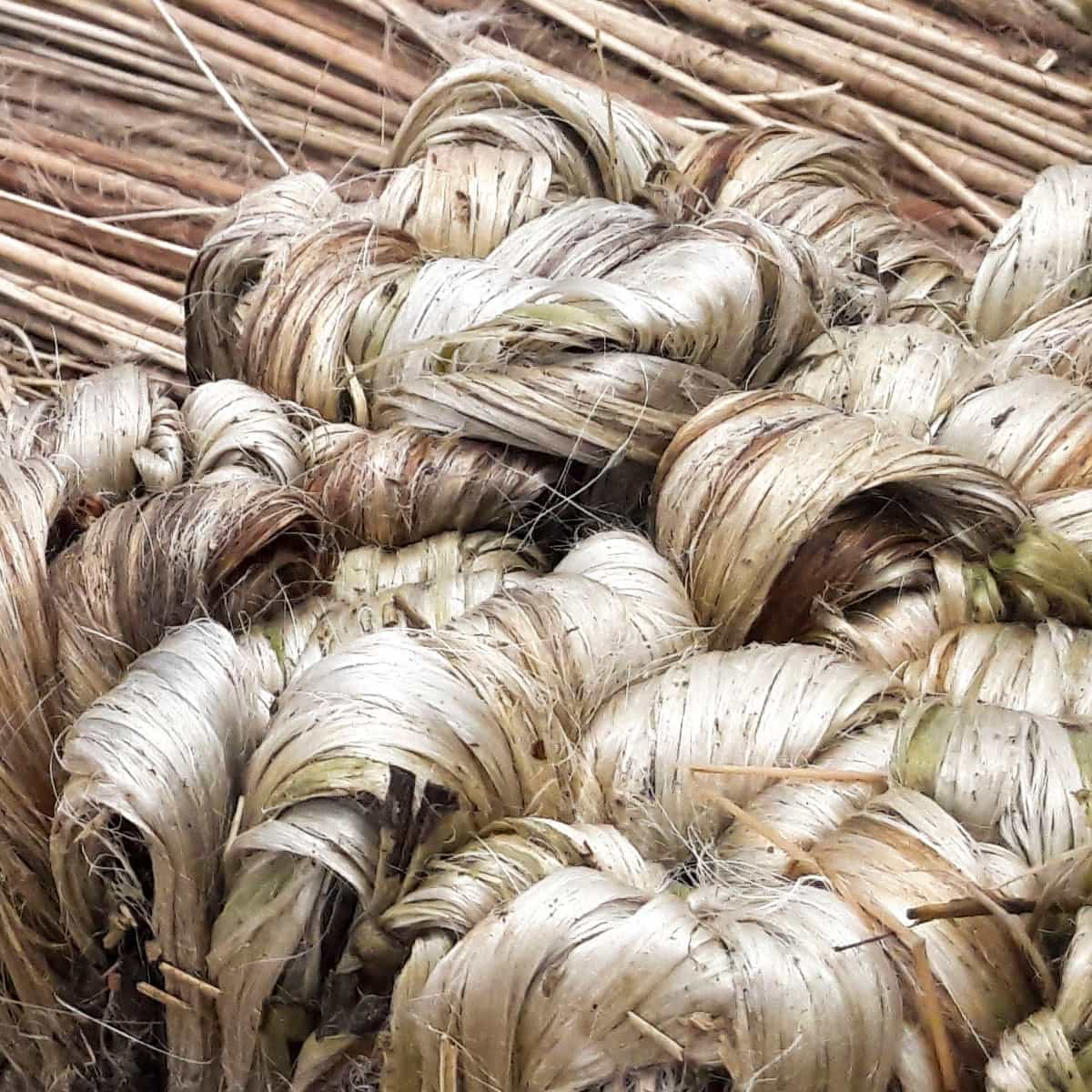
Select environmentally conscious finishes
The paint or varnish that adds a little shine to raw material plays a role in sustainability, too. Overall, you’ll want to find finishes that have reduced levels of volatile organic compounds. An element in many paints, VOCs evaporate at room temperature in an off-gas process that can last for several weeks, according to Green America. As a result, VOCs can cause anything from nausea to kidney damage, and they can pollute the outdoor air, too. Many finishes also contain biocides, fungicides and pigments, which, like VOCs, can harm the environment.
To reduce your ecological footprint, keep these earth-friendly finishes in mind:
- Non-toxic paint
- Finishes with “low VOCs”
- Low-biocide paints
- Milk paint
- Water-based paint, stains and sealants
- Latex paint
Evaluate sustainable lighting options
As an interior designer knows, the look of a home isn’t just created with the furniture (though it plays a substantial role). The mood of a space also involves all aspects of the house, including lighting. As such, you can also apply green design to the light sources in your home.
Switch to energy-efficient LED light bulbs
More and more homeowners are switching out their light sources for LED light bulbs. That’s because these bulbs hold a bright future for our planet. According to the U.S. Department of Energy, LED light bulbs use at least 75 percent less energy than incandescent bulbs, and last 25 times longer.
The best part? Just because you change the bulb doesn’t mean you have to change the lighting source. That means you can still keep your elegant, antique chandelier that perfectly adds to your directoire design. On the other hand, your coastal-themed lake house can still be brightened with seaside lanterns, just in a more eco-friendly way.

You might be surprised how much energy your conventional light bulbs can burn up in a year. Luckily, you can shift your current lighting fixtures to using more efficient LED models. Installing LED bulbs into pendant lights and lamps throughout your home will provide attractive, warm lighting at a fraction of the energy cost of your old lights.
Inspect light fixtures for possible heat loss
Your home’s doorways and windows are likely the biggest sources of heat loss, but they aren’t the only ones. In fact, you might be surprised to learn that recessed ceiling lights can also allow warmth to escape through the attic and outside. Consider inspecting these lights around your home and adding extra insulation around the fixtures to retain heat. Energy-efficient lightbulbs are “green” and can save you money too.
Let the sunshine in…through windows
Whether you pull back the curtains completely or simply opt for lightweight and sheer cotton options, you can easily use the sun as your lighting source. Alternatively, Venetian blinds allow you to control the amount and direction of the light. Depending on where you live, you’ll see about 12 hours of light a day. Those are opportune moments to capitalize on this natural element, save electricity and get a healthy dose of vitamin D.
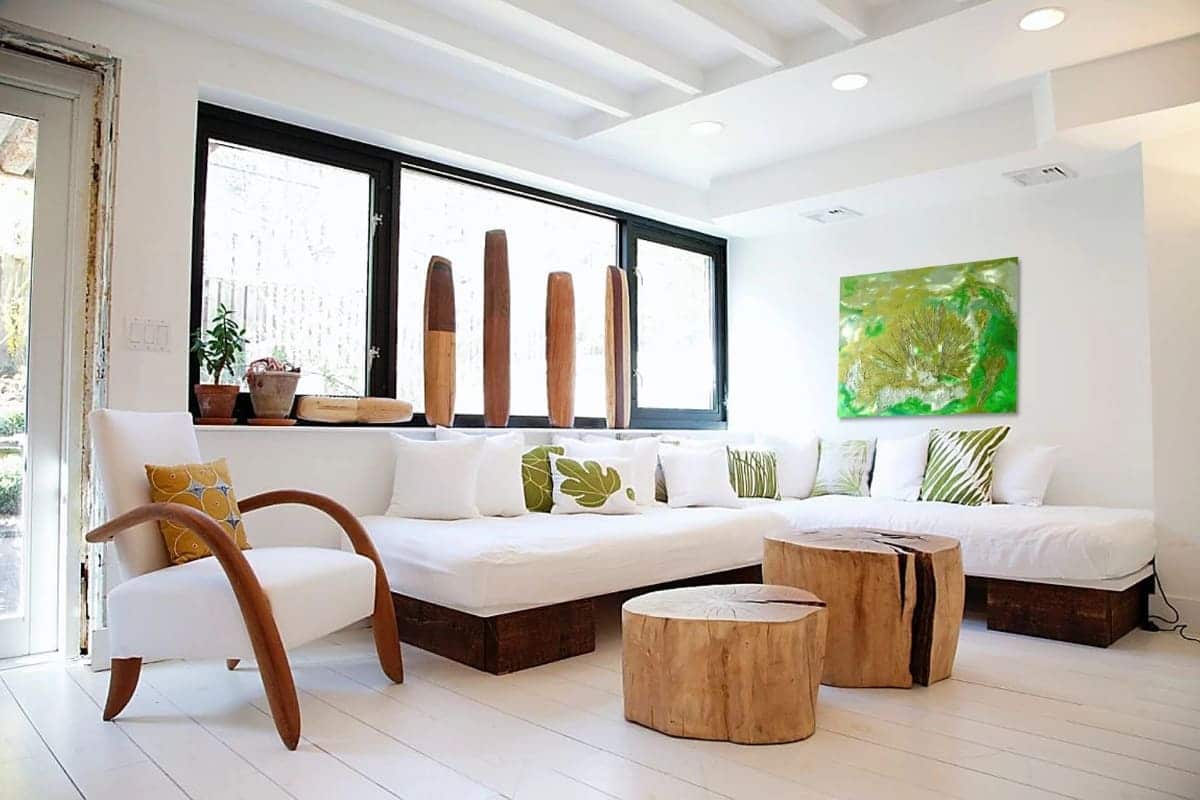
Other green home solutions
With today’s home furnishing offerings, you can incorporate eco-friendly design into virtually every nook and cranny of your home. Beyond just helping the planet by using sustainable and recycled materials and efficient lighting, you have access to a wealth of beautiful design opportunities. New technology also offers greener alternatives. Consider these additional simple and inexpensive sustainable home design tips.
Stick with antiques – Recycle the past
Whether you’re an antique enthusiast or have managed to inherit a few pieces from your relatives, using antique furnishings is a great way to go green in your house. Not only are you avoiding purchasing brand new furniture right off the line, but employing a set of vintage wood dining chairs or sofas gives these items new life for years to come. And it doesn’t hurt that antiques tend to make for attractive traditional upgrades to any home.
A practical and aesthetically pleasing way to replace old, worn-out furniture is with more old furniture. Confused? Well, shopping for antique sofas, chairs, desks, lamps and cabinets is recycling in its most glamorous form. Instead of purchasing furniture from the store, you’ll be giving these vintage pieces new life.

Check your woodburning fireplace or switch to bio-ethanol fuel
While it might seem like a comforting source of heat in the cold autumn and winter months, a poorly maintained fireplace can actually place quite a burden on a home. In particular, an old, drafty chimney can let warm air escape outside while allowing cold air indoors. This is on top of the air quality and pollution concerns surrounding many older fireplaces. What’s the solution? A modern eco-friendly bioethanol fireplace can provide cozy comfort while relying on a green source of fuel.
Bioethanol – Alternative fuel source that reduces harmful emissions
Fireplaces fueled by bioethanol are eco-friendly options for home design. The Renewable Fuels Association explained that this form of fuel is water soluble, non-toxic and quickly biodegradable. It’s a more environmentally sound option than gasoline because it releases significantly less carbon dioxide into the air.

Replace energy-hungry appliances with EPA/DOE-compliant ones
Do you have a washer and dryer combination that’s been in your home for the past couple of decades? Have you been itching to replace that ancient refrigerator that came with your home when you moved in? Replacing old, energy-hungry appliances with eco-friendly Energy Star models is a good way to reduce your overall power consumption.
Opt for an eco friendly interior design style
Some design aesthetics are more environmentally responsible than others. Here are a few styles that offer benefits for the eco-conscious designer.
Minimalist interiors for decreasing your carbon footprint
Minimalism is an approach that can be applied to any interior design style. By following Marie Kondo’s KonMari method for decluttering, organizing and simplifying, you can not only create a more ergonomic and mindful setting but a more sustainable home too. Fewer things mean less needs to be manufactured and that helps minimize the negative impact on the environment.
Save the environment with Scandinavian decor
Scandinavian design is marked by a minimalist mentality and focus on the rawness of earthy, organic materials. By adhering to the open space and bare-essentials mindset of Scandinavian design, you can limit the number of items in your home that use non-renewable resources. For example, use a small area rug made of eco-friendly jute fibers instead of a floor-length carpet comprised of thoroughly processed synthetic materials. Additionally, fireplaces often serve as the focal point in Scandinavian design. This natural heat source reduces your use of electricity during the chilly winter months.
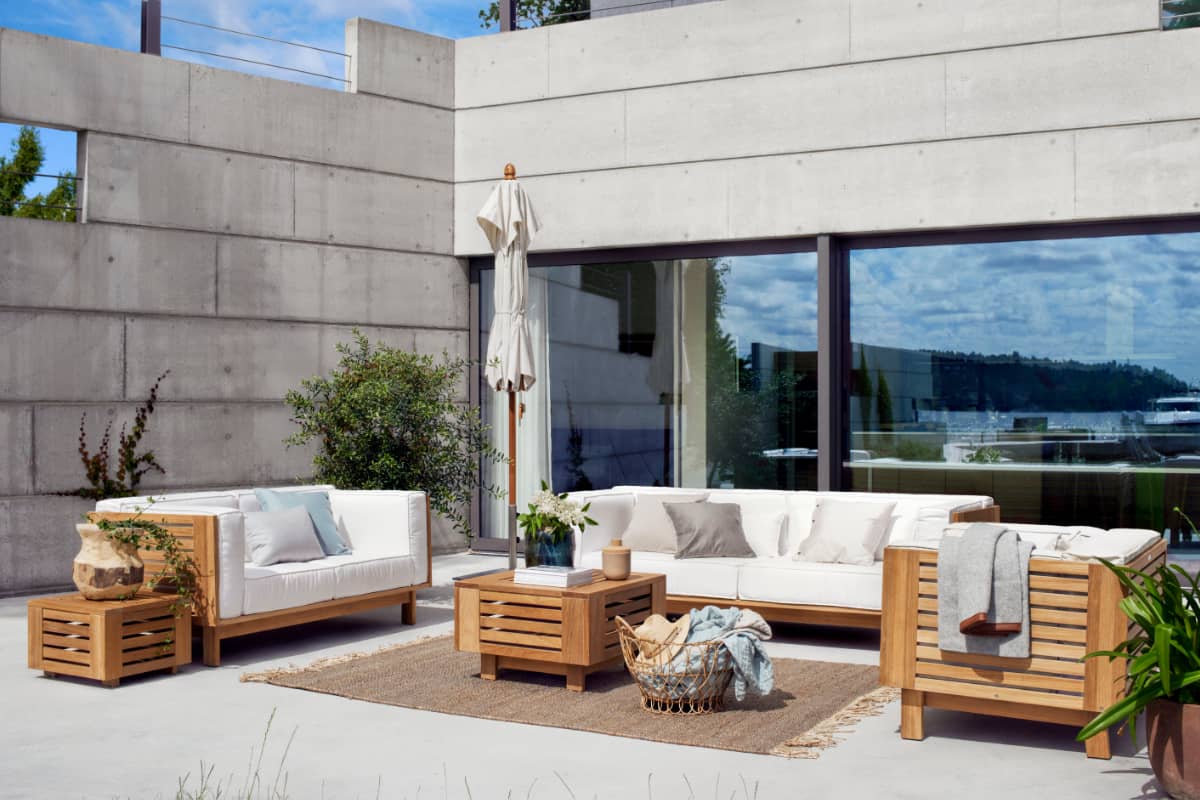
Go green with rustic design
You can easily incorporate eco-friendly strategies into rustic homes, including those that carry subcategories of this umbrella design, like shabby chic or cottage. Reclaimed wood, for example, is a beautiful flooring option incorporated by these themes that recycles a non-renewable resource: trees. Instead of contributing to the depleting forests, you’ll use the fruits they’ve already yielded.
Rustic spaces are also typically furnished with items that hold a rich history, namely pieces from flea markets. By introducing a coffee table into your home that once served as the centerpiece in someone else’s living room, you’ll sidestep a potentially harmful manufacturing process necessary for new products. Plus, your room will be equipped with a one-of-a-kind item that adds to the eclectic air of your rustic home.
Is it really green? Know the facts
Just as you should maintain a healthy level of skepticism when food says “all natural,” you should also think twice about trusting a furniture label that says “green.” Becoming an expert in ESID means you’ll have the tools to determine whether an element of interior design is really a sustainable option.
When looking for green choices, know what materials and finishes make eco-friendly furniture options. Use the above information as your guide. For example, if you see a glass work of art, you’ll know it’s a green choice if it’s made of recycled materials.
Look for certifications of sustainability
Many home-design materials and products can become certified by organizations dedicated to conservation and protection of the environment.
Forest Stewardship Council (FSC)
The FSC is a non-profit organization tasked with promoting environmentally appropriate, socially beneficial and economically viable management of the world’s forests. When wood furniture is FSC-certified, the products come from “responsibly managed forests” and thus provide benefits for the environment.
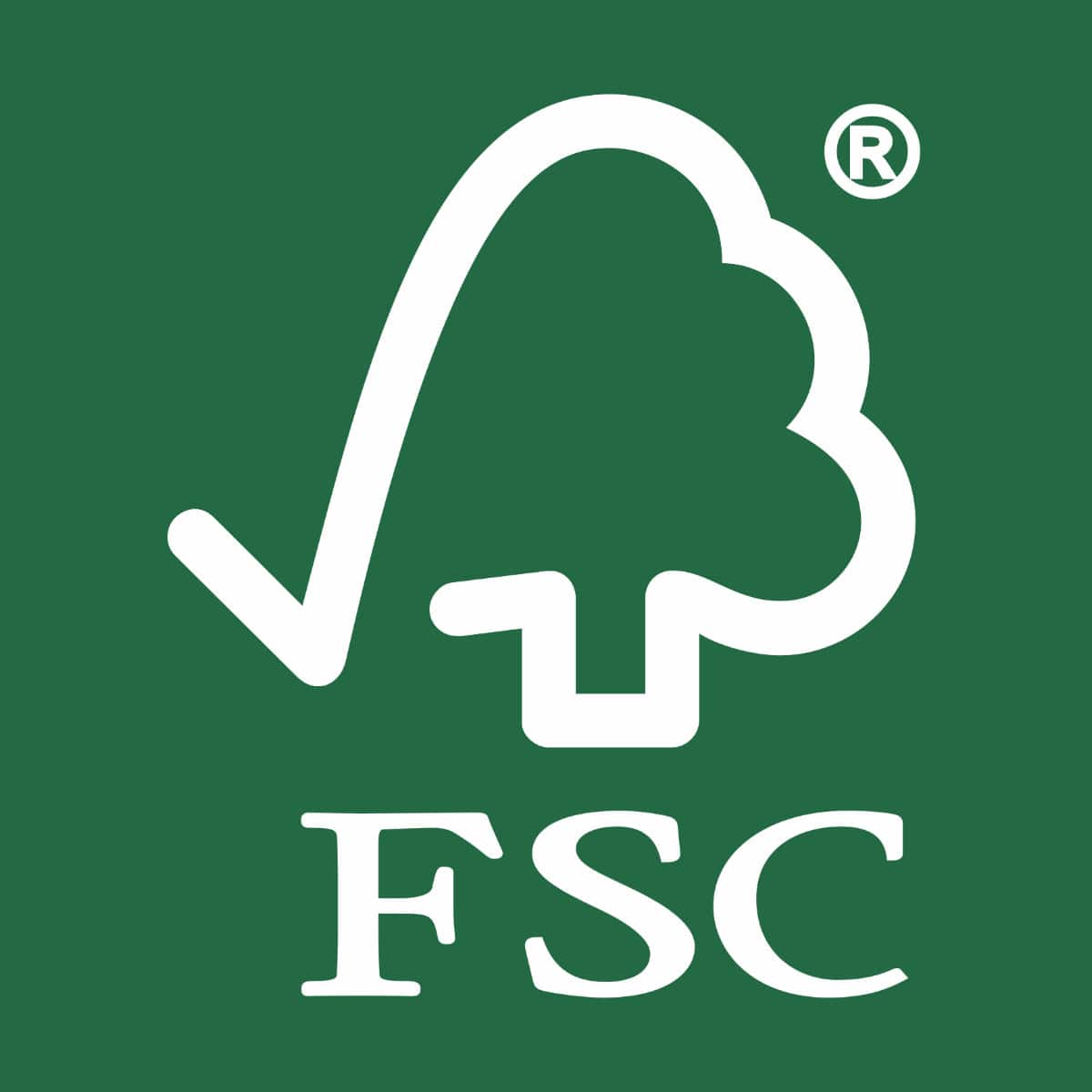
Energy Star
This joint program of the Environmental Protection Agency (EPA) and the Department of Energy (DOE) promotes energy efficiency. Its government-backed certification applies to electronics, appliances, light bulbs and other electricity-powered products. Its label ensures a product is energy efficient and saves you money without compromising performance.

OEKO-TEX
This independent international partnership of research and test institutes evaluates the human-ecological safety of textile products & leather articles throughout all stages of production. Certification is determined by OEKO-TEX Standard 100, which is an independent testing and certification system for textile raw materials. The requirements to meet this certification exceed those of national legislation.

Greenguard
This business unit of Underwriters Laboratories protects human health by promoting enhanced indoor air quality and reducing chemical and pollutant exposure. Products certified by Greenguard meet rigorous standards for low emissions of volatile compounds into indoor air. By promoting better indoor air quality, Greenguard protects human health and helps create an improved quality of life.

Research your manufacturers’ materials, sourcing & processes
Evaluating the sustainability of the production process begins at the manufacturing level. Many of Decor Interiors’ manufacturers are dedicated to producing environmentally conscious products.
Mamagreen
Mamagreen creates luxurious, high-end outdoor furniture. Its name, reminiscent of Mother Nature, demonstrates the company’s commitment to sustainable manufacturing practices. Mamagreen has a passion for community and humanity. Building a genuine culture of ‘doing the right thing’ within our corporation is an essential part of who we are. We feel responsible to society as a whole.”

Skagerak
Skagerak is Forest Stewardship Council-certified. The manufacturing company builds durable furniture that focuses on both aesthetics and functionality. “The concepts of quality and sustainability thus form the framework for our Corporate Social Responsibility work,” Skagerak explains on its website. They believe that good design is more than just how a product looks and it’s level of quality – it has to do with the responsible and efficient use of resources.

Skargaarden
With roots in a small town on the Baltic coast, Skargaarden produces indoor and outdoor furniture built to withstand anything the harsh Swedish weather can throw its way. The sustainable materials and processes Skargaarden implements make its furniture an excellent eco-friendly option that you’ll be able to use for years. Its ingenious solutions elevate simplicity to the sublime.
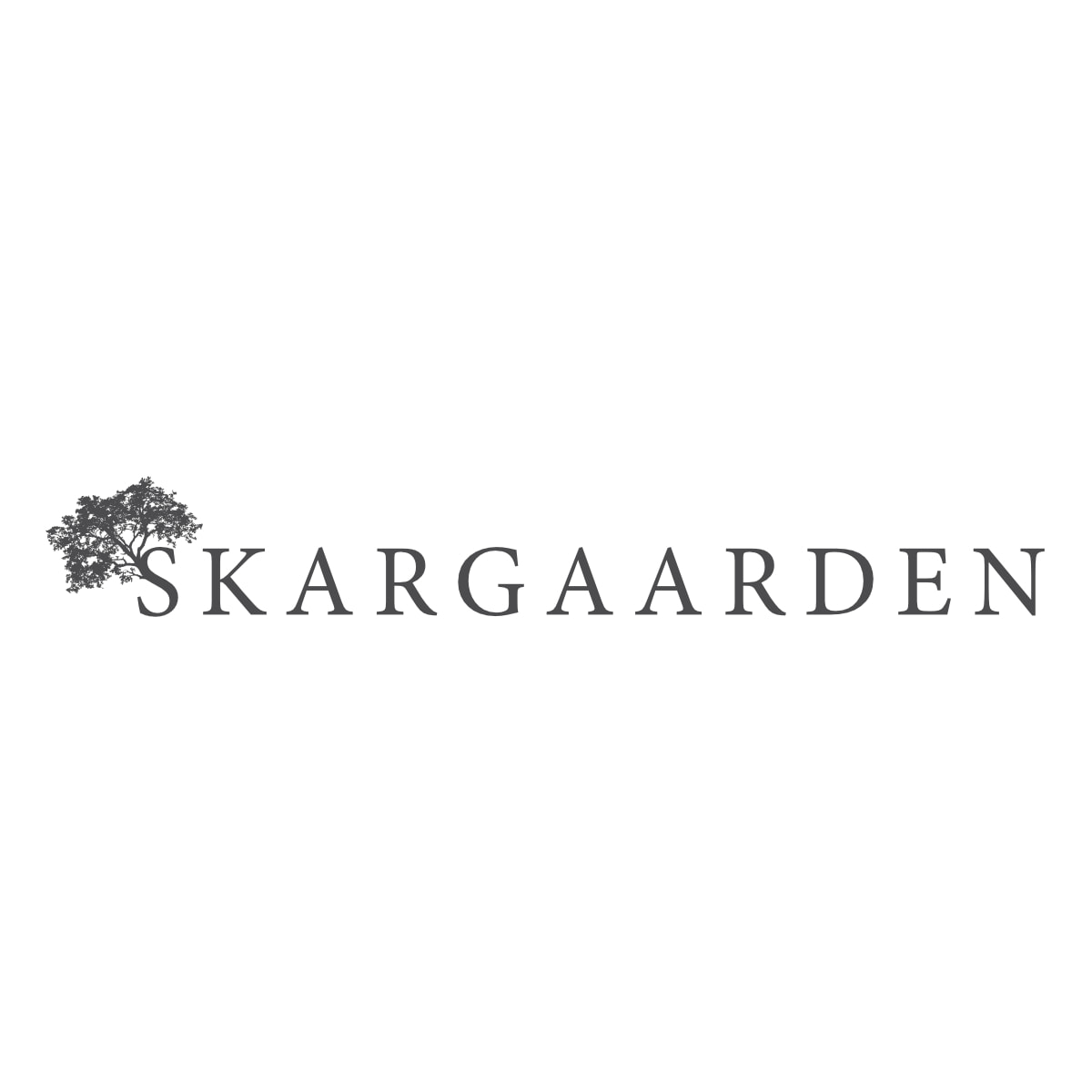
EcoSmart Fire
This line of fireplaces is fueled by clean-burning, eco-friendly bio-ethanol. Ethanol is a renewable energy source, and it’s completely composed of biological processes. As such, you’ll only experience clean emissions, making these furnishings ideal as both indoor and outdoor fireplaces. They are also smokeless and odorless, so you don’t need a chimney or have to worry about the smell.

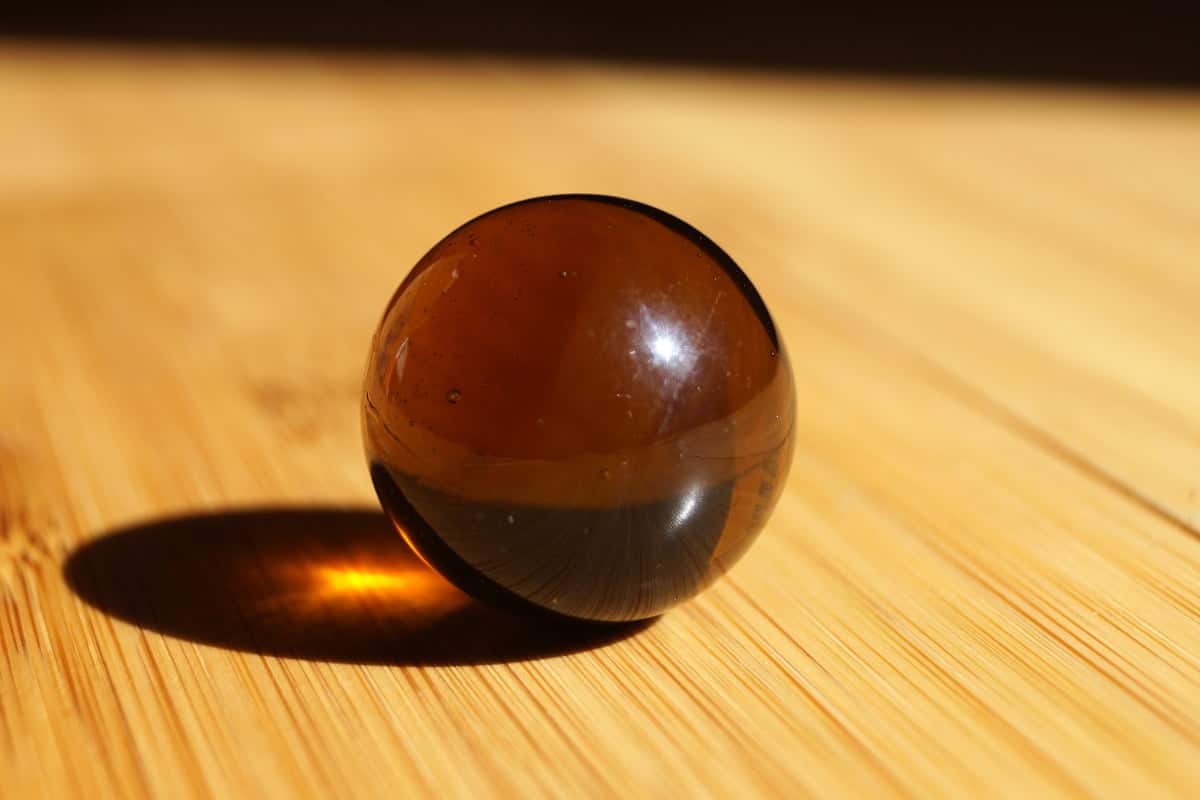
Myths of environmentally sustainable homes
In the wake of Earth Day, you may have discovered a new passion for doing your part to help protect Mother Nature. Along with shifting your lifestyle toward eco-friendly and sustainable practices, renovating parts of your home to be greener can help diminish your carbon footprint. However, it’s also easy to be swept up in the spirit of conservation and overlook common misconceptions about building a truly environmentally friendly home. Here are some common green home improvement myths to beware of in your efforts.
Expensive green energy technology is a must
One of the major misconceptions people have going into a green remodeling project is the assumed necessity of large and expensive renewable energy sources like solar panels or wind turbines. However, small changes can make a big difference. Along with replacing electricity-draining appliances like your refrigerator, washer and dryer with sustainable models, simply limiting your energy use with a programmable thermostat, energy-efficient light bulbs and dimmer switches can have a drastic impact. Improving home insulation through weather-proofing windows will also reduce the need for heating and cooling. In the winter, area rugs will also help trap heat in your home.
All bamboo is eco-friendly
While hardwood floors are durable and long-lasting on their own, you may be tempted to opt for plentiful and renewable bamboo to take your green flooring a step further. However, you should make sure any bamboo you purchase truly is eco-friendly, as many foreign producers of this resource do not abide by established environmental guidelines when harvesting and shipping it. Once you do find a green source of hardwood, protect your floors and ensure longevity by covering them with large traditional or natural fiber rugs.
A total home environment overhaul is required
You may be tempted to completely overhaul your home in keeping with sustainable guidelines, but know that any major remodeling project you undertake will create waste – even if the end goal is a greener lifestyle. Focus on the smaller details like lighting fixtures, bathroom appliances, insulation and waste management that don’t necessitate rebuilding an entire section of your home – you’ll save yourself money along with valuable natural resources.
Creating a sustainable home requires attention to detail and knowledge of eco-friendly practices. Building your understanding of what it means to be “green’ is only the first step to reducing the ecological footprint of your house. Not only is this a positive step toward helping the planet, but green home improvements can also save you energy costs and repairs over the coming years. Even better, you don’t always need to shell out big bucks to get your house on the green path – and you can do it with style too!
Photo Credits
- Brooklyn Home Company
- EcoSmart Fire
- guido1515 on Flickr
- Skargaarden
Original Article by: Eileen Harrison, CADDETAILS BLOG
